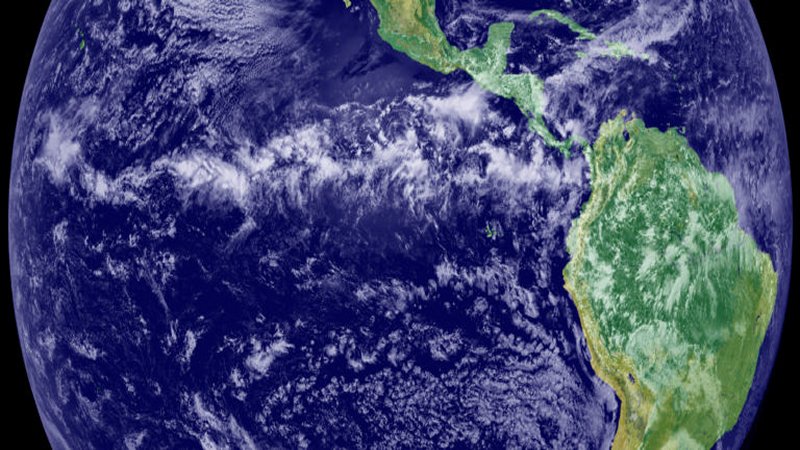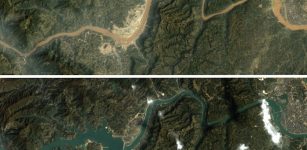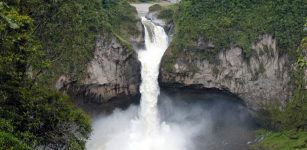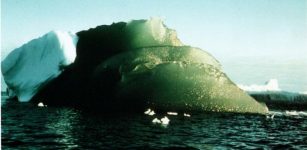Gigantic Mantle Plume Below Antarctica Partially Responsible For Ice Melting
MessageToEagle.com – NASA researchers have found evidence that a geothermal heat source called a mantle plume, located deep below West Antarctica’s Marie Byrd Land, may help to explain why the ice sheet collapsed rapidly in an earlier era of rapid climate change, and why it is so unstable today.
New study shows that the melting process is not happening entirely due to global warming but the mantle plume could be responsible for this kind of rapid ice loss.
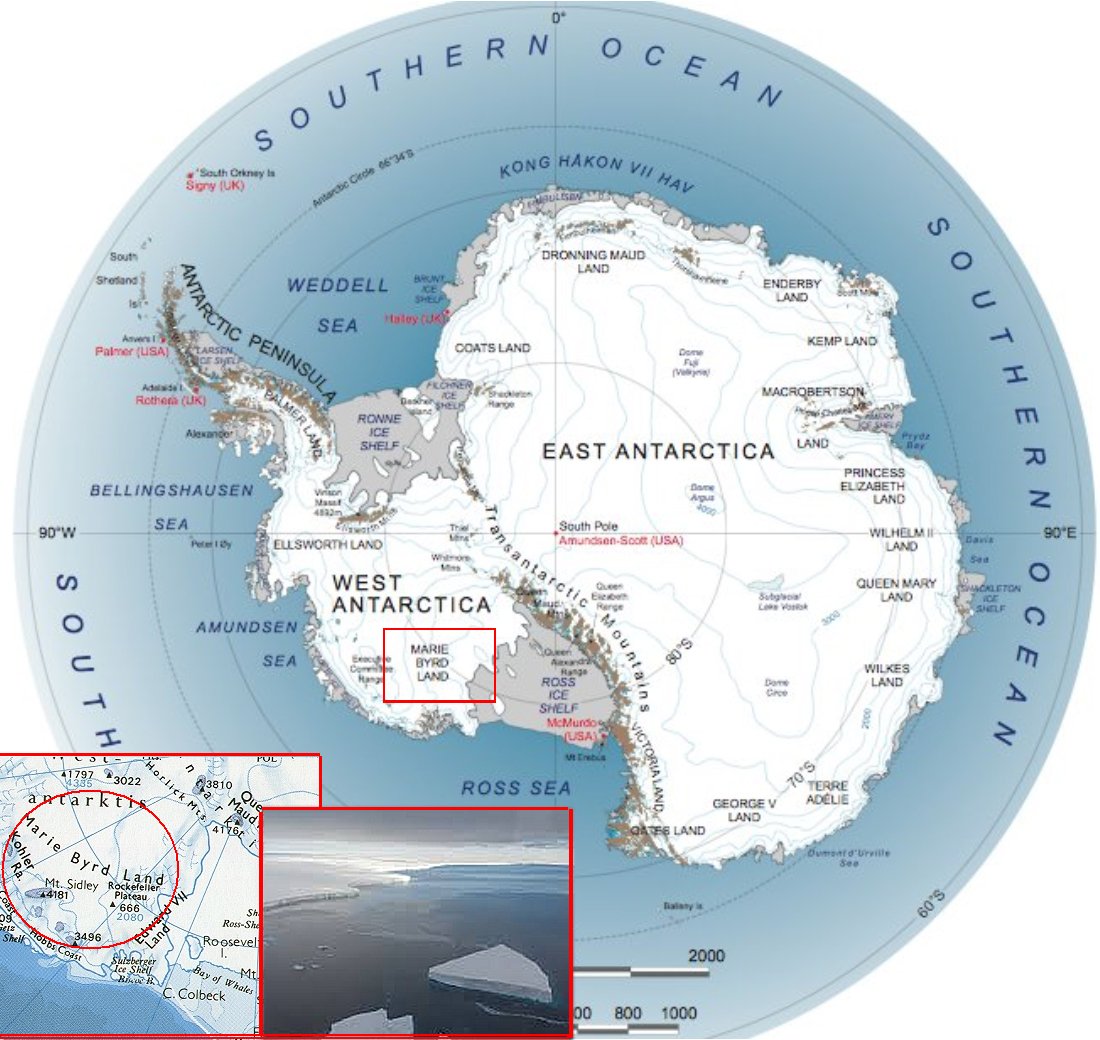
It is important to understand the sources and future of the meltwater under West for estimating the rate at which ice may be lost to the ocean in the future.
Scientists knew about this magma plume under Marie Byrd Land for about 30 years and suggested that heat from this hotspot might explain regional volcanic activity and a topographic dome feature.
Now seismic imaging has supported this concept.
It is commonly known that there are lakes and rivers below Antarctica and the largest of which is the size of Lake Erie. Many lakes fill and drain rapidly, forcing the ice surface thousands of feet above them to rise and fall by as much as 20 feet (6 meters).
See also:
Giant Hole Suddenly Re-Opens In Antarctica And Scientists Don’t Know Why
World’s Largest Volcanoes Are Hidden Beneath Antarctica Ice Sheet – Are They Still Active?
Intriguing Study: Climate Change Does Not Affect All Glaciers Of Antarctica
With the help of observations, measurements and simulations, researchers found that the flux of energy from the mantle plume must be no more than 150 milliwatts per square meter. For comparison, in U.S. regions with no volcanic activity, the heat flux from Earth’s mantle is 40 to 60 milliwatts. Under Yellowstone National Park — a well-known geothermal hot spot — the heat from below is about 200 milliwatts per square meter.
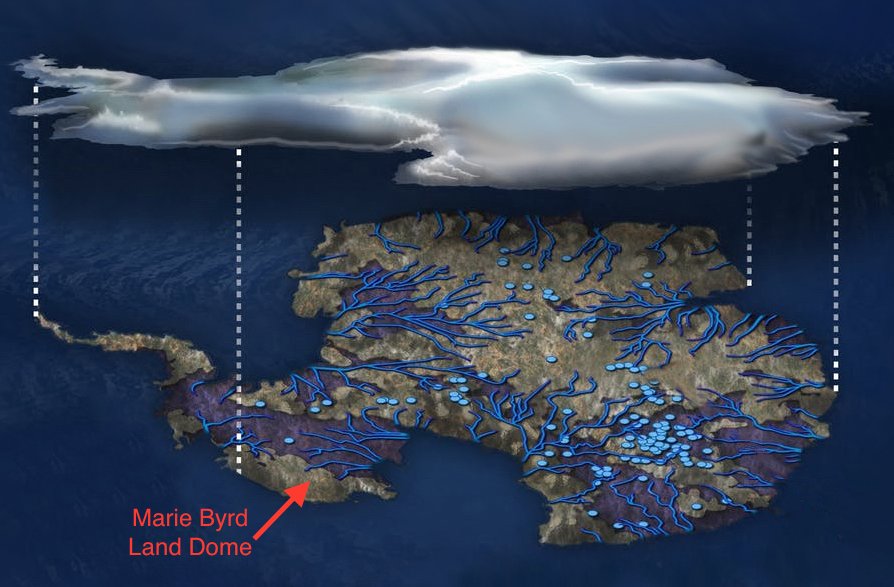
Additonally, seismic imaging has shown that mantle heat in this region may reach the ice sheet through a rift, that is, a fracture in Earth’s crust such as appears in Africa’s Great Rift Valley.
The theory of mantle plumes was proposed in the 1970s to explain geothermal activity that occurs far from the boundary of a tectonic plate, such as Hawaii and Yellowstone.
The Marie Byrd Land mantle plume formed 50 to 110 million years ago, long before the West Antarctic ice sheet came into existence.
At the end of the last ice age around 11,000 years ago, the ice sheet went through a period of rapid, sustained ice loss when changes in global weather patterns and rising sea levels pushed warm water closer to the ice sheet — just as is happening today.
Research is published in the Journal of Geophysical Research: Solid Earth.
MessageToEagle.com
Expand for references

